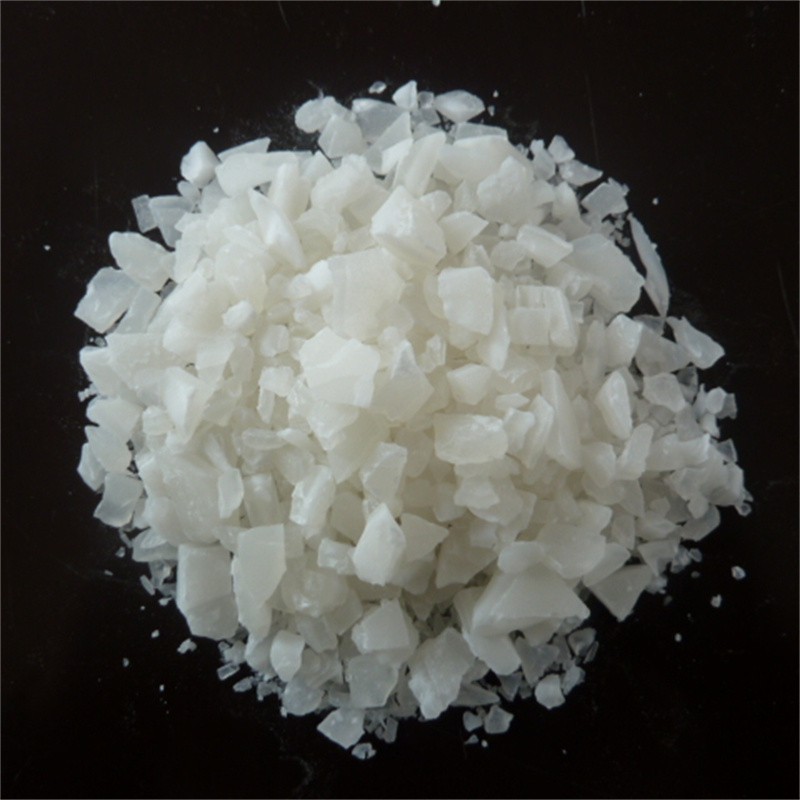How does 16% aluminum sulphate react with organic compounds?
Jun 23, 2025
Leave a message
Hey there! As a supplier of 16% aluminum sulphate, I've been getting a lot of questions lately about how this stuff reacts with organic compounds. So, I thought I'd sit down and write a little something to share what I know.


First off, let's talk a bit about 16% aluminum sulphate. It's a pretty common chemical used in a bunch of different industries. You can find it in water treatment plants, where it helps to clear up murky water by making the tiny particles clump together and settle at the bottom. It's also used in paper manufacturing, textiles, and even some food processing. We offer it in different forms, like Iron Free Aluminum Sulphate Powder and Iron Free Aluminum Sulphate Flakes, but today we're focusing on the 16% solution, which you can learn more about here.
Now, when it comes to how 16% aluminum sulphate reacts with organic compounds, it's a bit of a complex topic. Organic compounds are basically molecules that contain carbon atoms, and there are millions of different types out there. So, the reaction can vary depending on what kind of organic compound we're talking about.
One of the most common reactions is with organic acids. Aluminum sulphate can react with these acids to form salts. For example, if you mix it with acetic acid (the stuff in vinegar), you'll get aluminum acetate and sulfuric acid. The reaction usually goes like this:
Al₂(SO₄)₃ + 6CH₃COOH → 2Al(CH₃COO)₃ + 3H₂SO₄
This kind of reaction is often used in the textile industry. The aluminum acetate formed can act as a mordant, which helps dyes stick to the fabric better. So, if you've ever wondered how your colorful shirts and dresses keep their bright colors, well, 16% aluminum sulphate might have played a part in that process.
Another important reaction is with proteins, which are large organic molecules made up of amino acids. When 16% aluminum sulphate comes into contact with proteins, it can cause them to denature. Denaturation is basically when the protein loses its normal shape and function. This is because the aluminum ions in the aluminum sulphate can interact with the charged groups on the protein molecules.
In water treatment, this property is really useful. Many organic pollutants in water are in the form of proteins or other large organic molecules. When 16% aluminum sulphate is added to the water, it causes these organic pollutants to clump together and form larger particles, which can then be easily removed by filtration or sedimentation.
Now, let's talk about humic substances. These are complex organic compounds that are found in soil, water, and sediment. They're made up of decomposed plant and animal matter. When 16% aluminum sulphate reacts with humic substances, it can form insoluble complexes. This is important in water treatment as well, because humic substances can make water look brown and have an unpleasant taste and odor. By forming these insoluble complexes, the aluminum sulphate helps to remove the humic substances from the water, making it clearer and more palatable.
But it's not all sunshine and rainbows when it comes to the reaction between 16% aluminum sulphate and organic compounds. There are also some potential drawbacks. For example, in some cases, the reaction can produce by - products that might be harmful to the environment. When aluminum sulphate reacts with certain organic compounds in the presence of oxygen, it can form aluminum hydroxide and other aluminum - containing compounds. If these compounds are not properly managed, they can accumulate in the environment and have negative effects on aquatic life.
Also, the reaction can be affected by a few factors. The pH of the solution is a big one. The optimal pH for many of these reactions is usually in the slightly acidic range. If the pH is too high or too low, the reaction might not work as well, or it might produce different by - products. Temperature also plays a role. Generally, higher temperatures can speed up the reaction rate, but if the temperature is too high, it can also cause unwanted side reactions.
In the food industry, 16% aluminum sulphate is sometimes used in small amounts. For example, it can be used as a firming agent in pickles. It reacts with the pectin in the vegetables, which helps to keep them firm and crunchy. But there are also concerns about the potential health effects of consuming too much aluminum. So, the use of 16% aluminum sulphate in food is strictly regulated.
If you're in an industry that uses 16% aluminum sulphate, or if you're just curious about its reactions with organic compounds, I'd love to have a chat with you. Whether you need more information about the product, want to discuss potential applications, or are interested in placing an order, don't hesitate to reach out. We're here to help you find the best solutions for your needs.
References:
- "Environmental Chemistry" by Stanley E. Manahan
- "Textile Chemistry" by Paul R. Trotman
- "Water Treatment Principles and Design" by David W. Cornwell, George Tchobanoglous, and Franklin L. Burton
Send Inquiry





